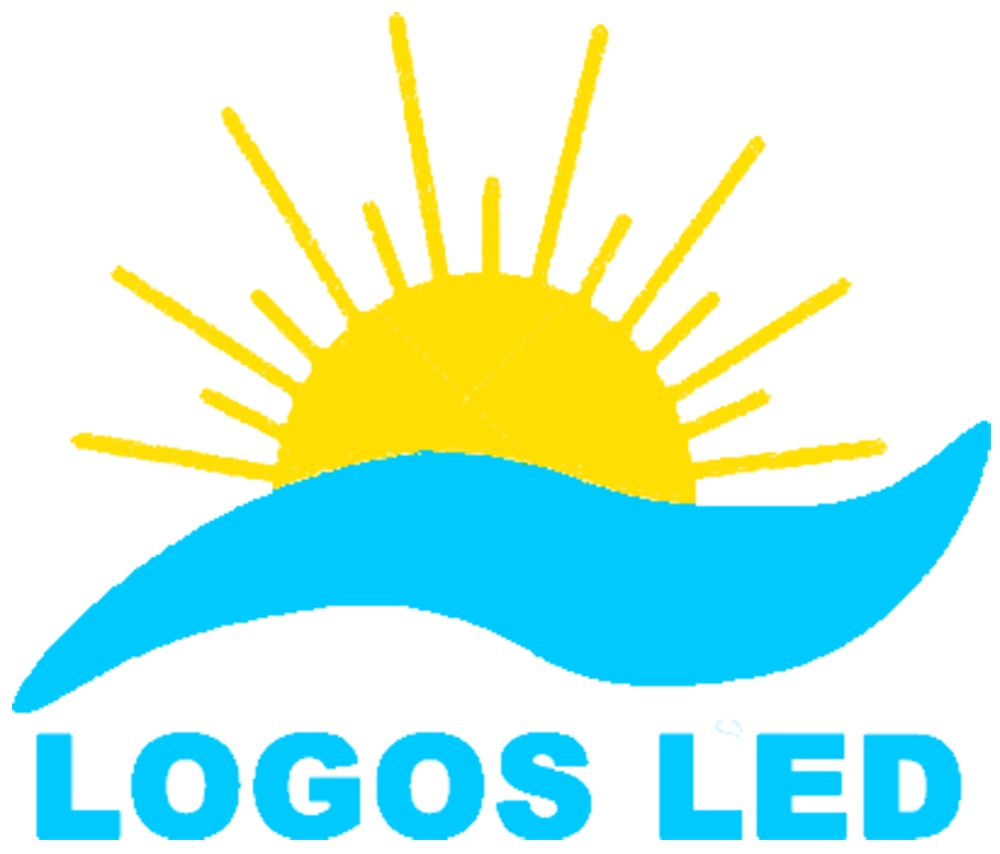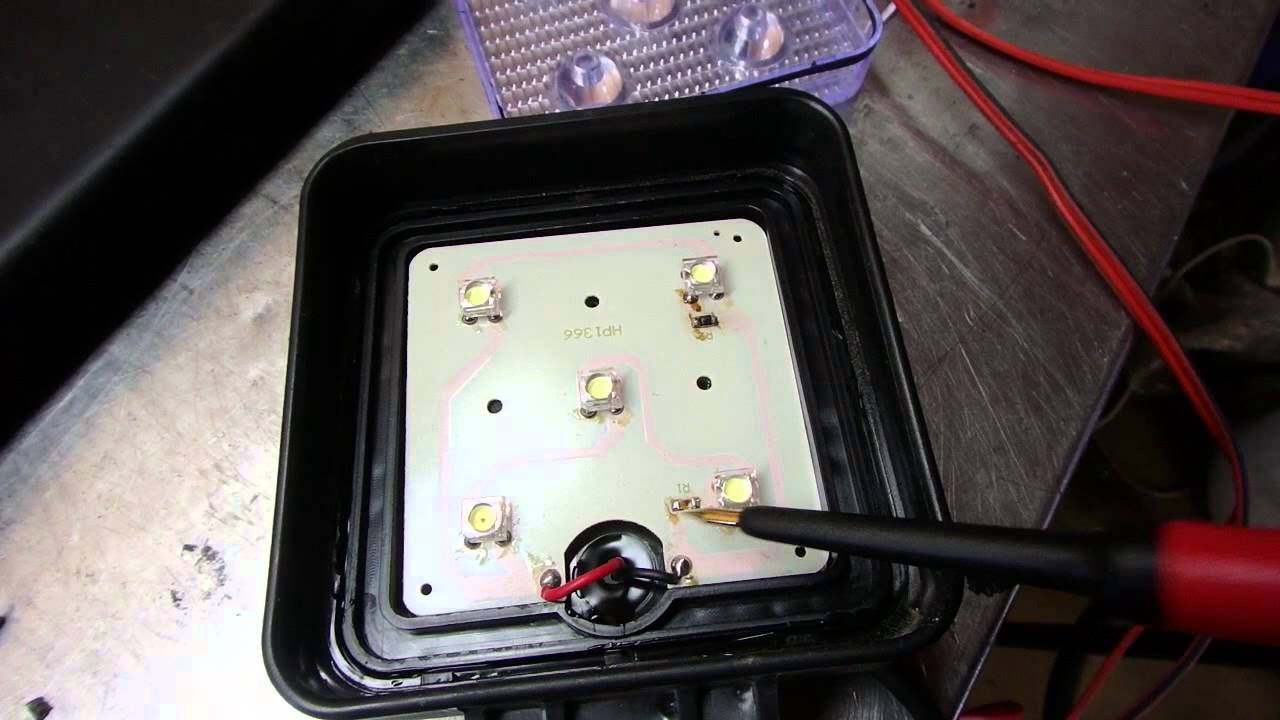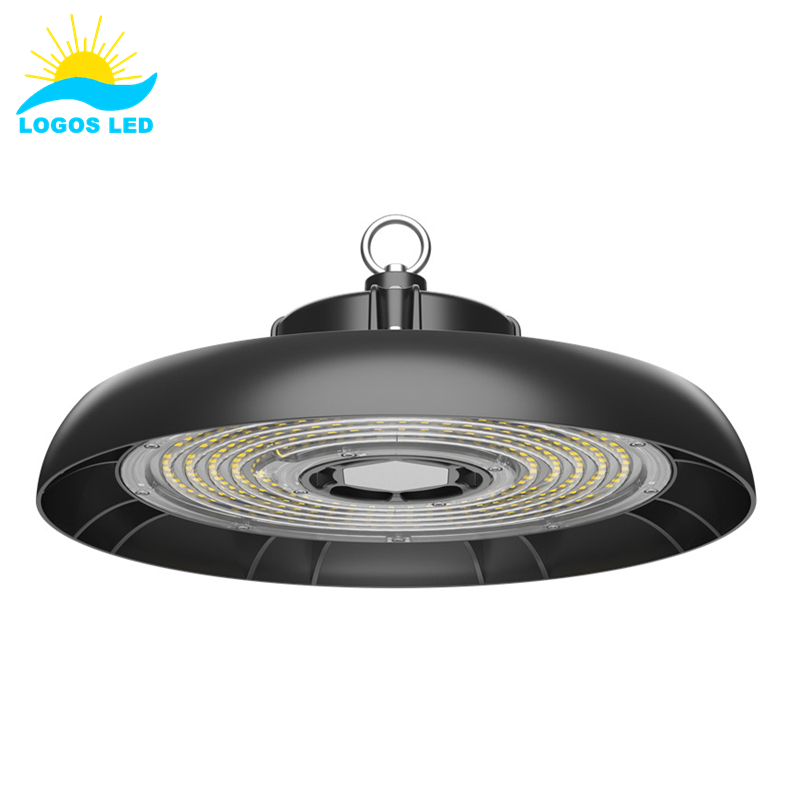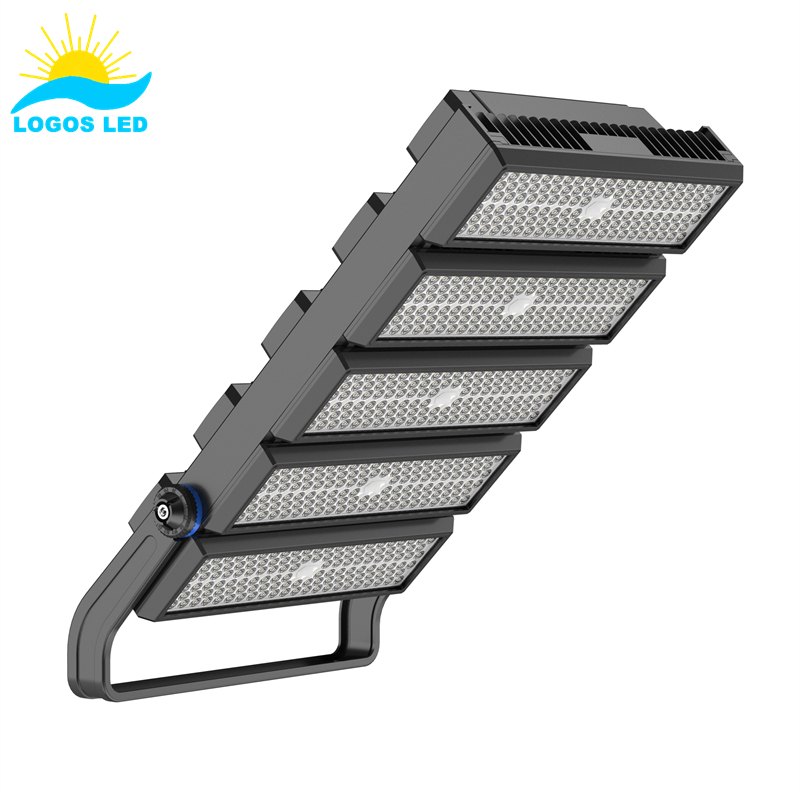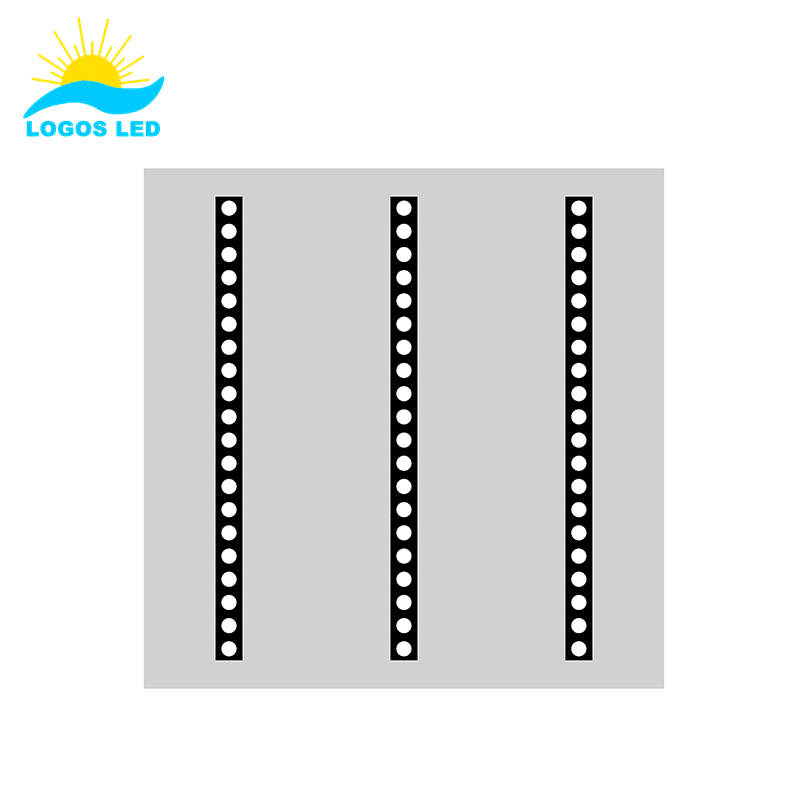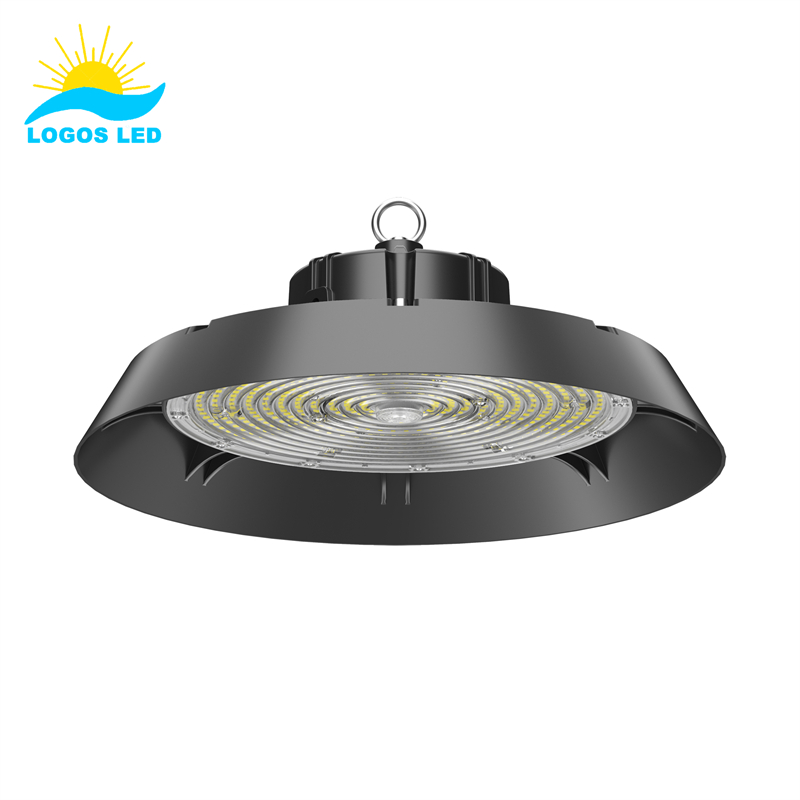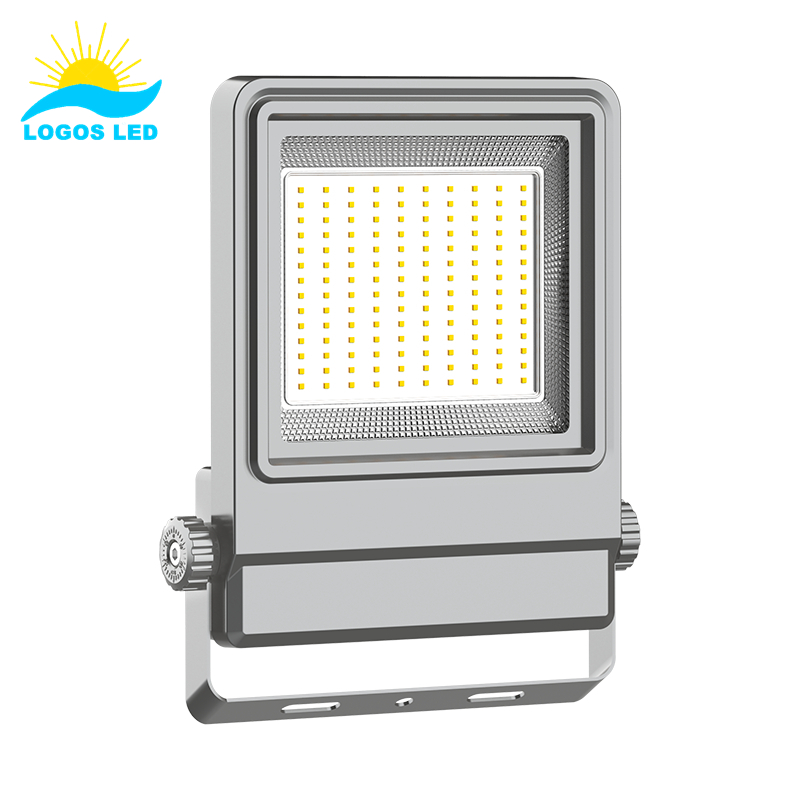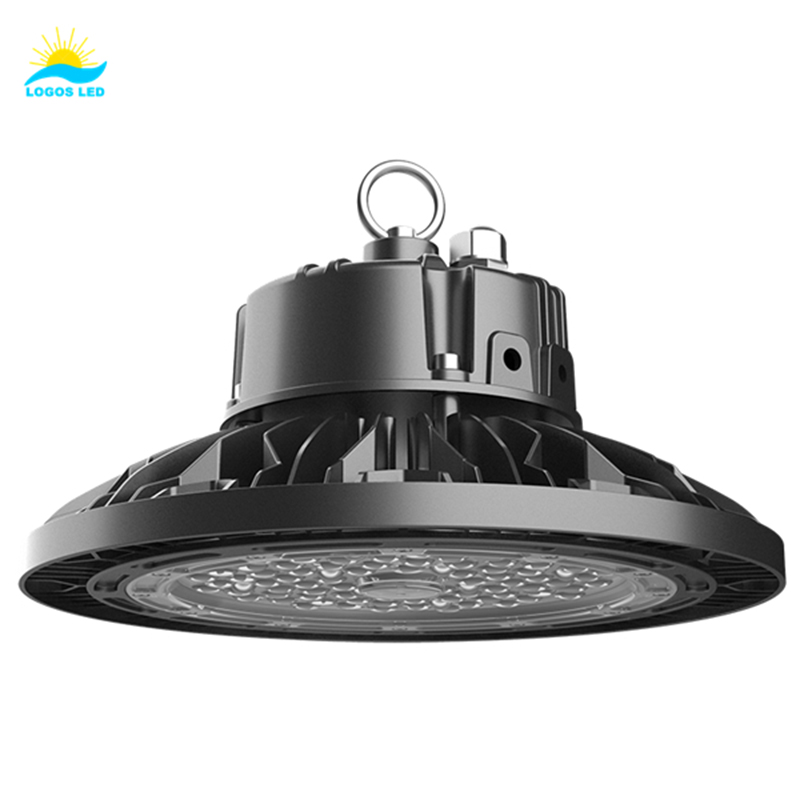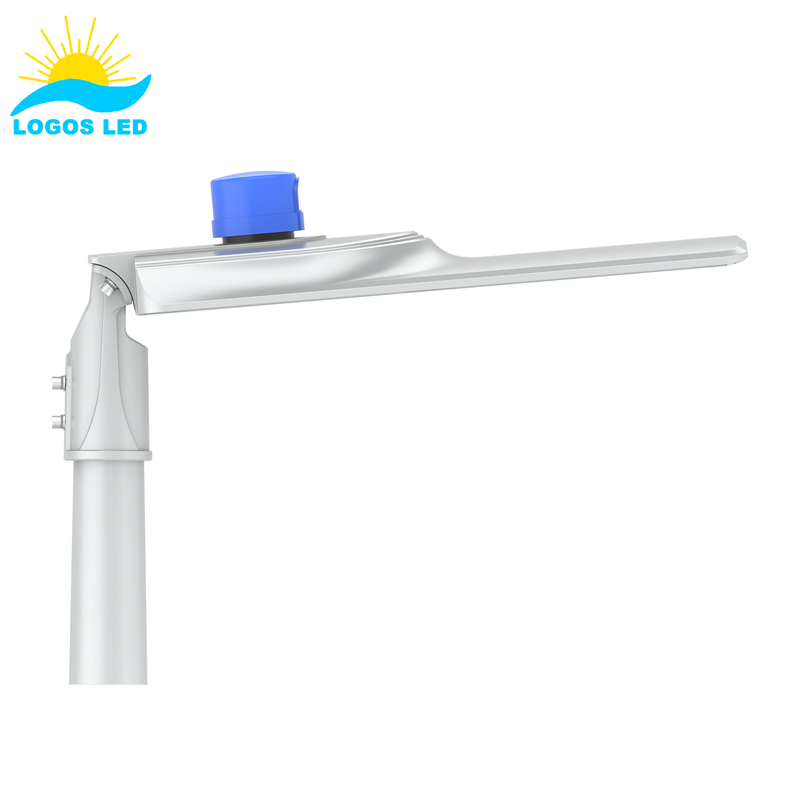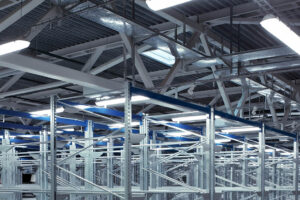Table of Contents
Introduction
LED lighting technology has dramatically transformed the way we illuminate our world. From its inception in the early 20th century to becoming the cornerstone of modern lighting solutions, LED technology has evolved through leaps and bounds. Today, LED lights are celebrated for their efficiency, longevity, and environmental friendliness, marking a significant shift from traditional lighting methods Despite these advancements, understanding LED light failures is crucial. While LEDs are renowned for their durability and long life, they are not immune to problems. Recognizing the reasons behind LED light failures is essential for maximizing their benefits and ensuring reliable performance.
The journey of LED technology is not just about celebrating its successes but also about learning from its challenges. By delving into the causes of LED light failures, we can appreciate the complexity of this technology and the importance of continued innovation and quality control. This knowledge not only enhances our ability to use LED lighting more effectively but also guides the future development of even more resilient and efficient lighting solutions.
Unveiling LED Light Failures
While LED lights are lauded for their efficiency and longevity, they are not without their vulnerabilities. Understanding the factors that can lead to LED light failures is essential for optimizing their performance and lifespan. Two primary culprits often at the heart of these issues are heat and electrical stress.
Heat as the Prime Culprit
One of the most significant factors contributing to LED degradation is excess heat. Unlike traditional incandescent bulbs, which emit a large portion of their energy as heat, LEDs are designed to be much more efficient. However, they still generate heat, and when not properly managed, this heat can accumulate, especially at the LED’s semiconductor junction. Excessive heat can lead to a phenomenon known as thermal degradation, where the material properties of the LED chip can change, diminishing light output and altering color properties over time. Effective heat dissipation methods, such as heat sinks and proper ventilation, are crucial in preventing this buildup and preserving the LED’s integrity and functionality. You can learn more about this reason The Top First Reason For LED Luminaire Failure and Degradation.
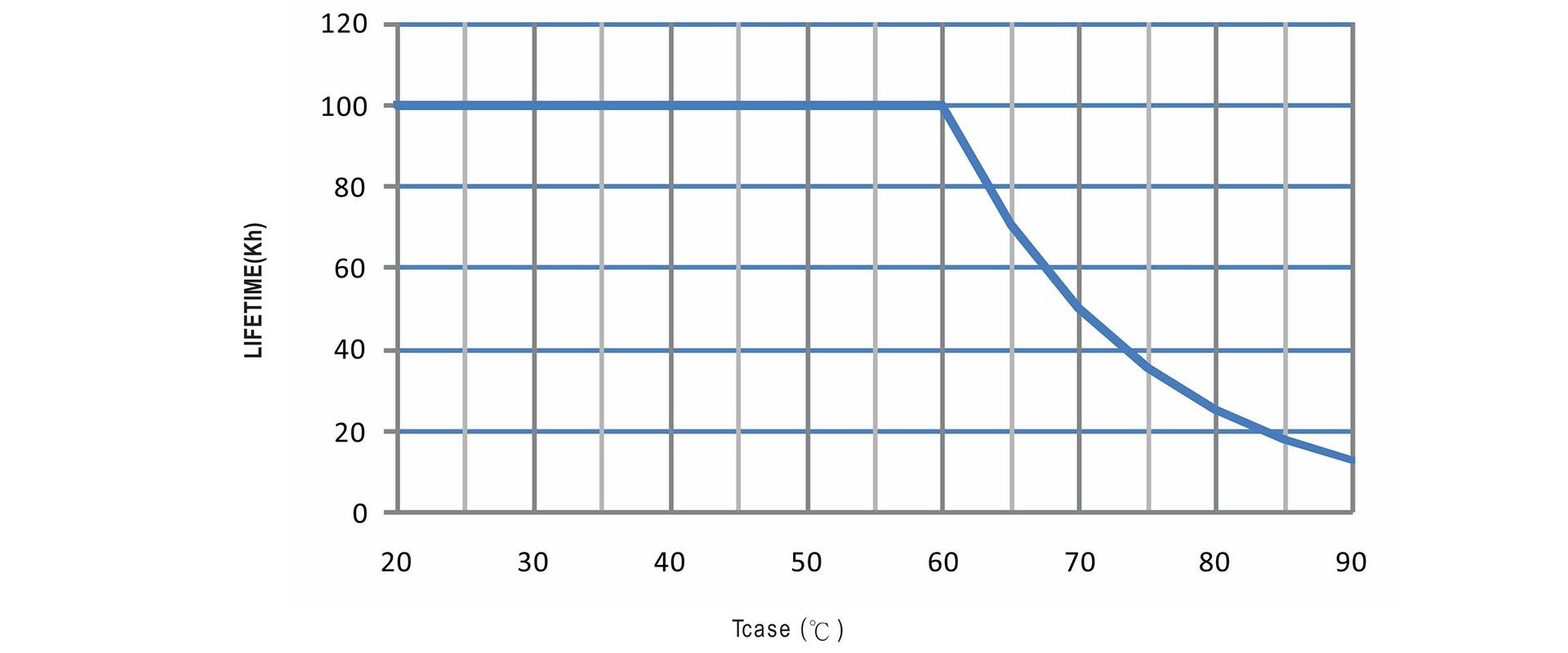
LED Driver Lifetime vs Temperature
Electrical Overstress (EOS) and Electrostatic Discharge (ESD)
LEDs are sensitive to electrical variances, and both Electrical Overstress (EOS) and Electrostatic Discharge (ESD) present significant risks. EOS occurs when an LED is exposed to voltage or current that exceeds its maximum ratings. This can happen due to power surges or improper power supply settings, leading to immediate or gradual damage to the LED. ESD, on the other hand, involves a sudden flow of electricity between two electrically charged objects caused by contact or an electrical short. This can damage the LED’s delicate semiconductor material, leading to failure. Implementing protective circuitry, using proper handling and installation techniques, and ensuring compatible power supplies can mitigate the risks associated with EOS and ESD, safeguarding the longevity of LED lights.
Addressing these two critical challenges—heat management and electrical protection—is vital for anyone looking to maximize the benefits of LED lighting. By understanding these issues and implementing preventative measures, it is possible to significantly reduce the risk of LED light failures, ensuring that these modern lighting solutions can be used to their full potential.
Common Reasons for LED Light Failures
LED lighting has revolutionized energy efficiency and longevity in lighting technology. However, even the most advanced LEDs can face issues leading to premature failure. Understanding these common causes is key to prevention and maintenance.
Dubious Dimming Components: The Need for LED-Compatible Dimmers
Not all dimming components are created equal, especially when it comes to LEDs. Traditional dimmers, often designed for incandescent bulbs, may not be fully compatible with LED technology, leading to issues like flickering, reduced lifespan, and even complete failure. Ensuring that dimming components are specifically designed for LED use is crucial for maintaining the integrity and functionality of LED lighting systems.
High Voltage Hazards: The Impact of Over-Voltage on LED Lifespan
LEDs are sensitive to voltage fluctuations. Exposure to high voltage, even for short periods, can significantly reduce an LED’s lifespan by causing overheating and damage to the internal components. Protecting LED systems from over-voltage with proper electrical safeguards can prevent premature failures and extend the life of the lighting fixtures.
Connection Complications: How Poor Connections Affect LED Performance
Poor or loose electrical connections can lead to inconsistent lighting, flickering, and ultimately, failure of LED fixtures. Ensuring secure and proper connections during installation is critical. Regular maintenance checks can also help identify and rectify potential connection issues before they lead to more significant problems.
Overheating Issues: The Sensitivity of LEDs to Excessive Heat
While LEDs are more efficient and generate less heat than traditional lighting solutions, they are still susceptible to damage from excessive heat. Poor thermal management can lead to overheating, affecting the LED’s performance and durability. Incorporating effective heat dissipation techniques, such as heat sinks, and avoiding enclosed fixtures without adequate ventilation can mitigate these risks.
The Bad Batch Dilemma: Addressing Manufacturing Defects
Like any manufactured product, LEDs can suffer from manufacturing defects. A “bad batch” of LEDs may have inconsistencies that affect performance and longevity. Purchasing high-quality LEDs from reputable manufacturers and suppliers who perform rigorous quality control can minimize the risk of encountering defective products.
Failure Modes and Analysis
In the realm of LED lighting, understanding the various failure modes is crucial for maximizing the technology’s potential and ensuring reliability. Below, we explore key aspects of LED failure modes, including chip degradation, packaging failures, and issues with LED drivers.
Chip Degradation: Exploring How LED Chips Deteriorate Over Time
The heart of an LED light is its semiconductor chip, where light is generated. Over time, this chip can degrade due to several factors, including overheating, excessive current, and exposure to high levels of UV light. This degradation results in diminished brightness and a shift in light color, affecting the overall quality of illumination. Proper thermal management, stable power supply, and the use of UV-protective coatings can mitigate these effects and prolong the life of the LED. Here is more LED Failure Modes and Methods for Analysis
Internal and External Packaging Failures: Examining the Weak Points in LED Construction
The packaging of an LED—not to be confused with shipping packaging—refers to the assembly that houses the LED chip, including the lens or encapsulant, the frame, and the connections. Failures in this area can arise from both internal and external stressors. Internally, the materials can break down over time, especially under conditions of high heat or moisture. Externally, mechanical stress, impact, or harsh environmental conditions can damage the LED’s package, leading to failure. Using high-quality materials and design practices that account for thermal expansion and contraction can help prevent these issues.
LED Drivers: Their Role in LED Lifespan and How They Can Fail
LED drivers are critical components that regulate the power supplied to an LED fixture, converting incoming AC power to the DC power required by LEDs and managing the current flow to the LEDs. Failures in the LED driver can stem from poor quality components, design flaws, or external factors like power surges. Symptoms of driver failure include flickering, reduced output, or complete failure of the LED light. Selecting high-quality drivers with built-in protections against electrical anomalies is key to preventing these issues.
In summary, understanding the failure modes associated with LED lighting—chip degradation, packaging failures, and driver issues—is essential for diagnosing problems and implementing solutions that extend the lifespan of LED fixtures. Through careful design, selection of materials, and component choices, many of these failure modes can be mitigated, ensuring that LED lighting continues to offer efficient, reliable illumination.
Preventative LED Light Failure Measures and Solutions
To safeguard against premature LED light failures, adopting a proactive approach focused on quality, installation accuracy, and thermal management is essential. Here’s how these preventative measures play a critical role in the durability and efficiency of LED lighting solutions.
Choosing Quality Components: The Importance of Selecting High-Grade LEDs and Drivers
The cornerstone of a reliable LED lighting system lies in the quality of its components. Opting for high-grade LEDs and drivers from reputable manufacturers can significantly reduce the risk of premature failures. Quality LEDs from renowned brands such as Osram, Lumileds, Cree, ect are characterized by better chip design, superior materials, and rigorous testing processes, ensuring they meet or exceed performance expectations. Similarly, high-quality drivers such as Meanwell, Osram, Philips, Tridonic, etc designed for stability and durability, provide consistent power supply, protecting LEDs from fluctuations that could lead to damage. Investing in premium components might have a higher upfront cost but pays off in the long run with reduced maintenance and replacement needs.
Proper Installation Practices: Ensuring Correct Installation to Prevent Failure
Correct installation is paramount to the performance and longevity of LED lighting. Improper installation can lead to electrical and mechanical stress on the components, resulting in early failures. To avoid this, it’s crucial to follow the manufacturer’s installation guidelines, which include ensuring proper electrical connections, using the correct fixtures and mounts, and verifying that the power supply matches the LED’s requirements. Engaging experienced professionals for the installation process can further ensure that the lighting system is set up correctly and safely.
Cooling and Heat Management: Strategies to Dissipate Heat Effectively
Despite their energy-efficient nature, LEDs still generate heat that needs to be managed to maintain their performance and lifespan. Effective cooling and heat management strategies are vital in preventing overheating, one of the primary causes of LED degradation. This includes the use of heat sinks, which draw heat away from the LED chip, and proper ventilation around lighting fixtures. For environments prone to high temperatures, selecting LEDs specifically designed with enhanced thermal management features can provide additional protection. Implementing these cooling measures ensures that LEDs operate within their optimal temperature range, preserving their brightness and color quality over time.

LED linear high bay light heat dissipation
By prioritizing the selection of quality components, adhering to proper installation practices, and implementing effective cooling and heat management strategies, the risks associated with LED light failures can be significantly minimized. These preventative measures not only extend the operational life of LED lighting systems but also enhance their efficiency and performance, delivering reliable illumination while reducing maintenance costs.
Innovations and Future Directions
The landscape of LED lighting is continuously evolving, with new innovations and technologies enhancing the reliability, efficiency, and sustainability of these lighting solutions. Here’s a look at how smart LED solutions and eco-friendly manufacturing practices are setting the stage for the future of LED lighting.
Smart LED Solutions: How Technology is Making LEDs More Reliable and Efficient
Advancements in smart technology are revolutionizing LED lighting, making it not only more efficient but also significantly more reliable. Smart LED solutions, equipped with sensors and connectivity features, can adapt to environmental changes and user preferences in real time. This adaptability ensures optimal lighting conditions while minimizing energy consumption. For instance, smart LEDs can adjust brightness based on available daylight or occupancy in a room, significantly reducing waste.
Furthermore, the integration of LEDs with IoT (Internet of Things) platforms allows for remote monitoring and management, enabling predictive maintenance and immediate identification of issues before they lead to failures. This level of control and automation enhances the user experience, extends the lifespan of lighting systems, and paves the way for innovations in how we interact with and manage lighting in our environments.
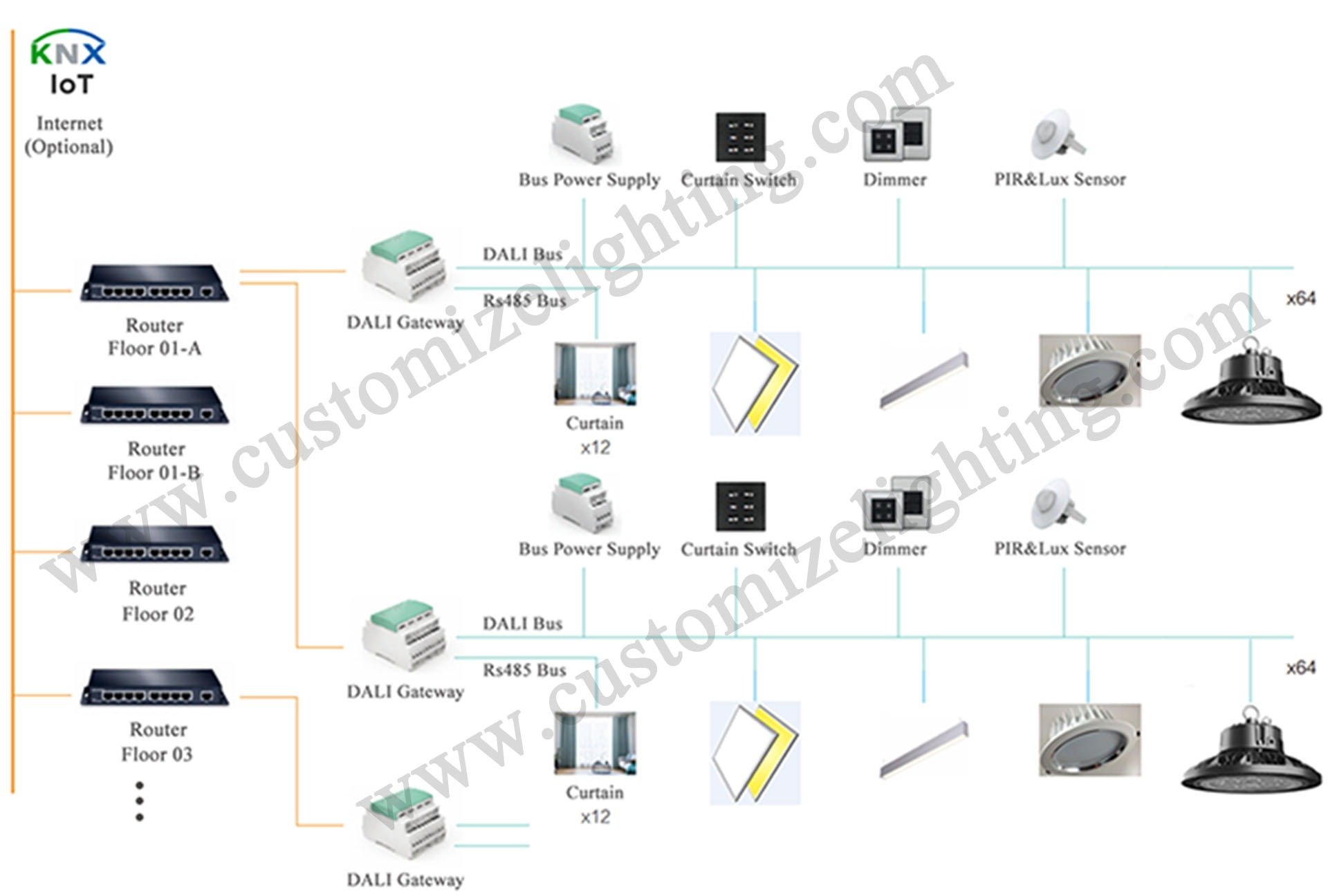
Smart Lighting Solutions
Sustainability in LED Manufacturing: Moving Towards Eco-friendly Materials and Processes
As global awareness and regulations around environmental sustainability tighten, the LED industry is responding with greener manufacturing practices and materials. Manufacturers are exploring the use of recycled materials in LED production and designing products for easier disassembly and recycling at the end of their life. This shift not only reduces the carbon footprint of LED manufacturing but also promotes a circular economy in the lighting industry.
In addition to material innovations, processes are also becoming more energy-efficient, with reductions in water use, emissions, and waste production. LED lighting itself is inherently more energy-efficient compared to traditional lighting options, and these sustainable manufacturing practices further enhance the environmental benefits of LEDs. By prioritizing sustainability at every step, from design to disposal, the LED industry is contributing to a greener future, aligning with broader global goals for environmental stewardship.
These innovations and future directions signal a bright future for LED lighting, characterized by smarter, more efficient, and environmentally friendly solutions. As technology continues to advance, we can expect LED lighting to play an increasingly pivotal role in shaping sustainable, intelligent environments.
Conclusion
As we’ve explored the journey of LED lighting, from understanding its failure modes to celebrating its successes in industrial applications, it’s clear that LED technology represents a pivotal shift in lighting solutions. The critical aspects of preventing and addressing LED light failures include selecting high-quality components, ensuring proper installation, managing heat effectively, and embracing smart LED solutions tailored to specific environmental needs. These measures not only mitigate the risk of failures but also enhance the longevity and performance of LED lighting systems.
The advancements in LED technology, coupled with a growing emphasis on sustainability, underscore the importance of transitioning to advanced LED solutions. These innovations offer more than just illumination; they provide energy efficiency, reduced maintenance costs, and a significant step towards eco-friendly operational practices.
Illuminate your path to efficiency and sustainability with custom LED lighting solutions tailored specifically for your needs. Whether you’re looking to enhance the lighting in an industrial setting, improve workplace safety, or simply reduce energy costs, LED technology offers a versatile and eco-friendly solution.
Contact us today to learn more about how we can help you make the switch to smarter, greener lighting.
Request A Free Quote Now!
Send us a message if you have any questions or request a quote. We will get back to you ASAP!
